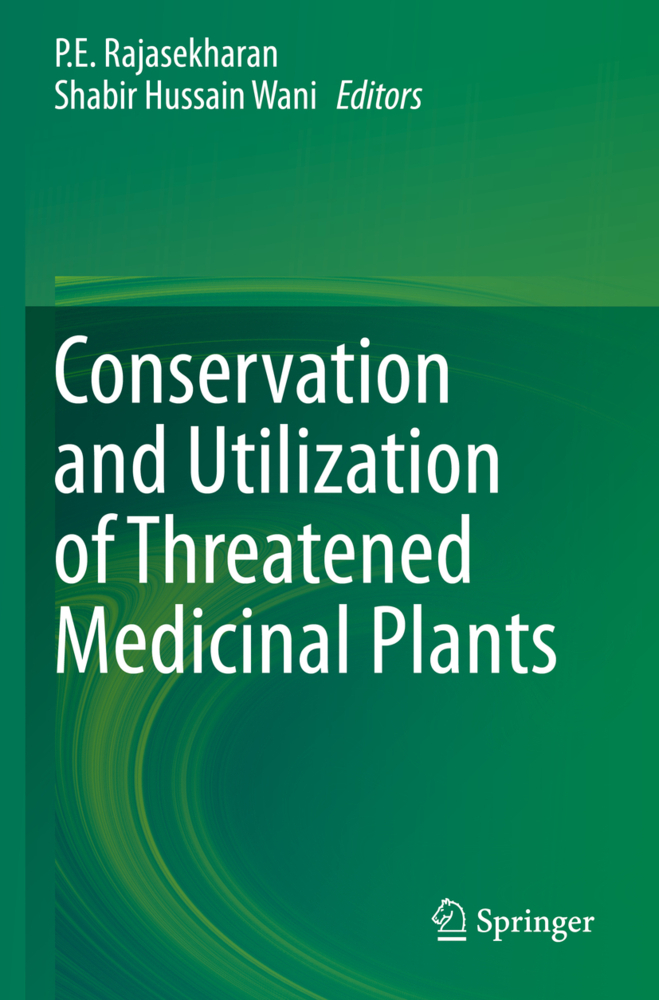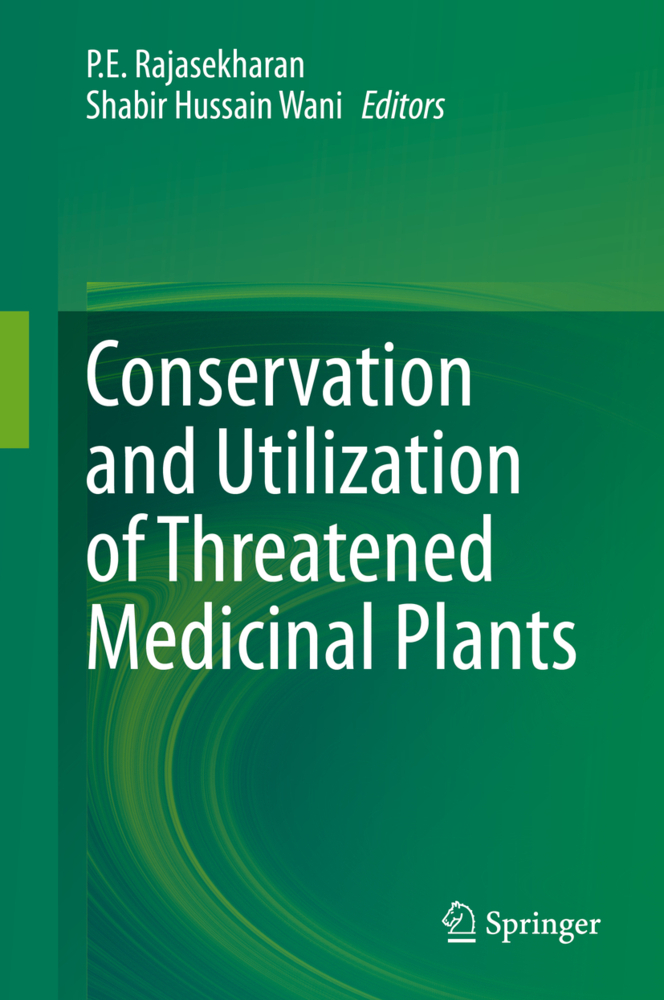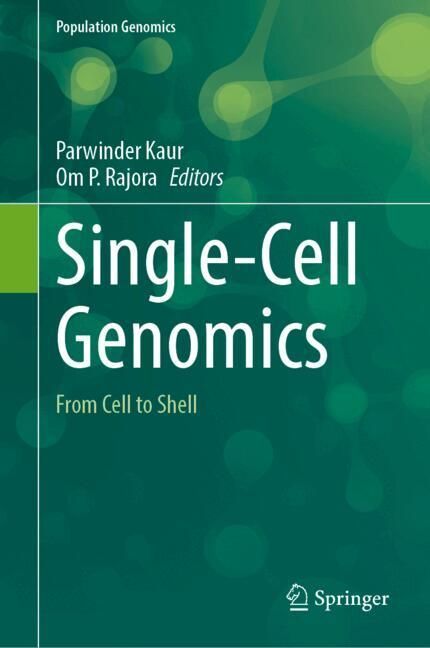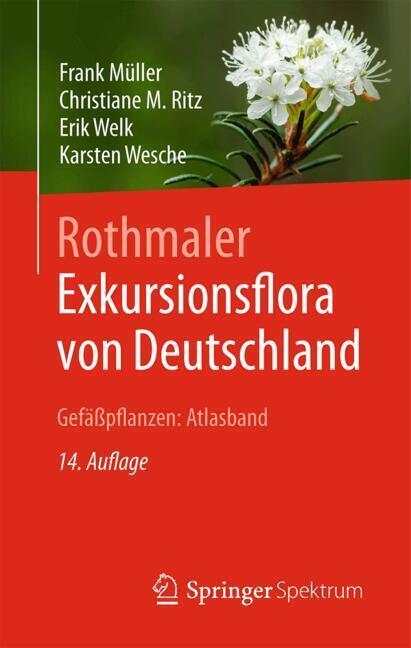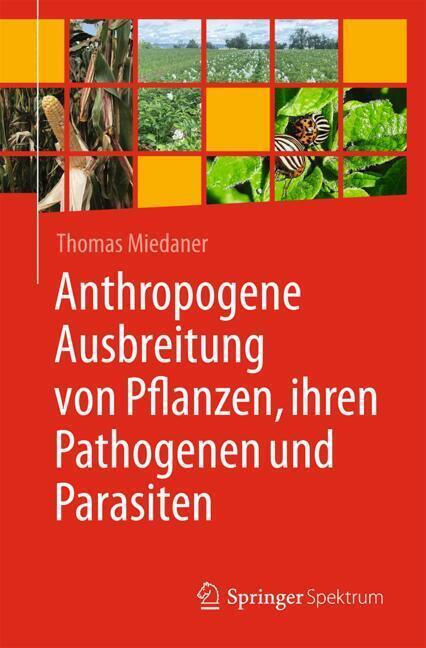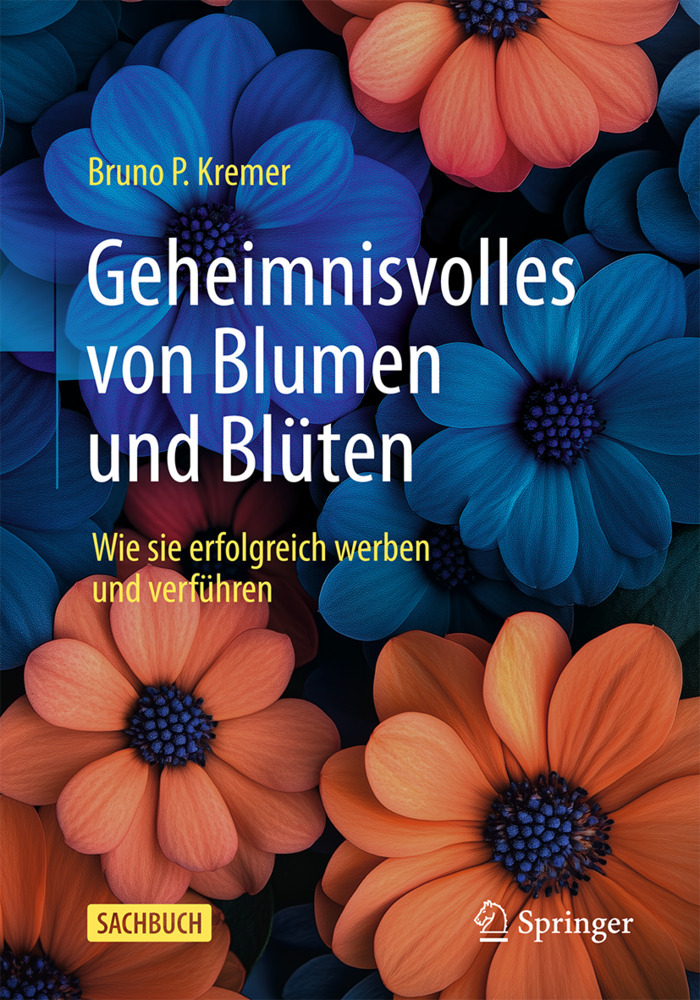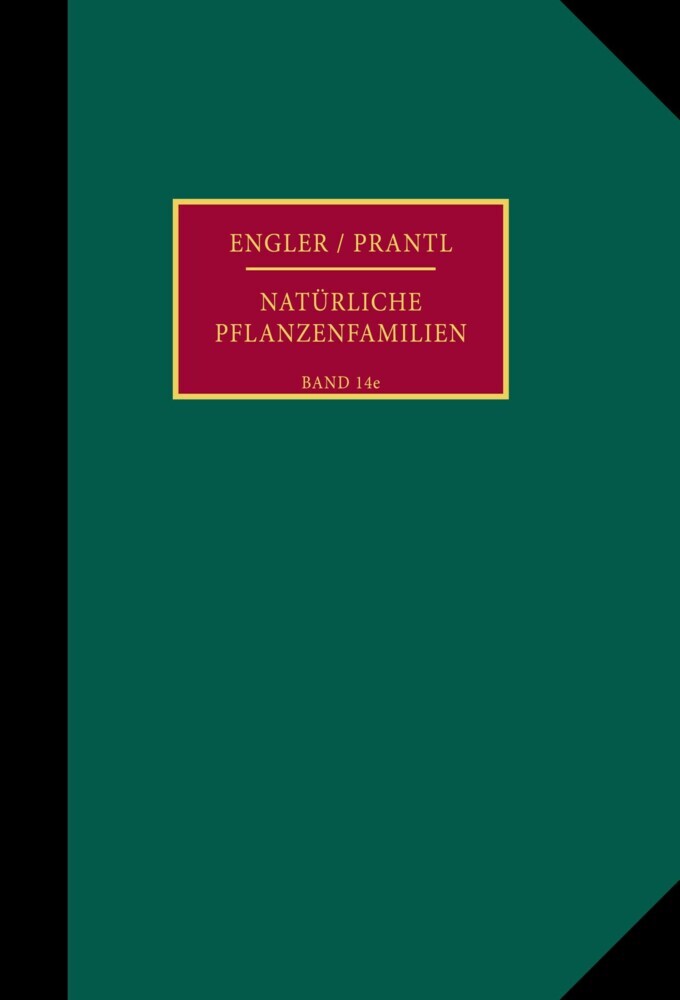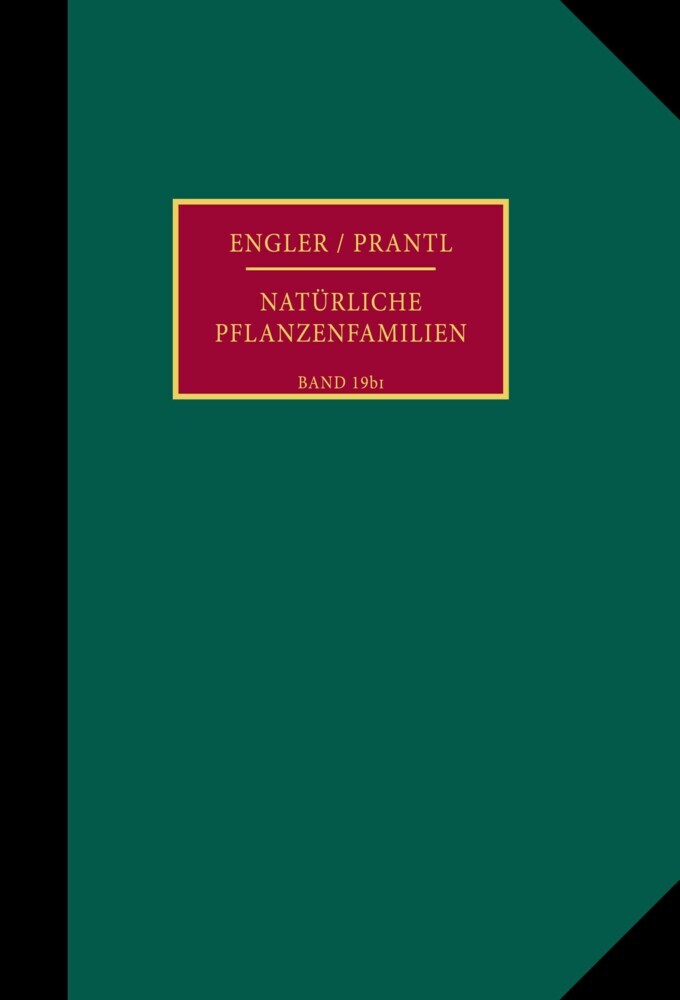Conservation and Utilization of Threatened Medicinal Plants
Conservation and Utilization of Threatened Medicinal Plants
Medicinal plants are globally valuable sources of herbal products. Plant-based remedies have been used for centuries and have had no alternative in the western medicine repertoire, while others and their bioactive derivatives are in high demand and have been the central focus of biomedical research. As Medicinal plants move from fringe to mainstream with a greater number of individuals seeking treatments free of side effects, considerable attention has been paid to utilize plant-based products for the prevention and cure of human diseases. An unintended consequence of this increased demand, however, is that the existence of many medicinal plants is now threatened, due to their small population size, narrow distribution area, habitat specificity, and destructive mode of harvesting. In addition, climate change, habitat loss and genetic drift have further endangered these unique species. Although extensive research has been carried out on medicinal and aromatic plants, there is relatively little information available on their global distribution patterns, conservation and the associated laws prevailing.
This book reviews the current status of threatened medicinal plants in light of increased surge in the demand for herbal medicine. It brings together chapters on both wild (non-cultivated) and domestic (cultivated) species having therapeutic values. Thematically, conventional and contemporary approaches to conservation of such threatened medicinal plants with commercial feasibility are presented. The topics of interest include, but not limited to, biotechnology, sustainable development, in situ and ex situ conservation, and even the relevance of IPR on threatened medicinal plants. We believe this book is useful to horticulturists, botanists, policy makers, conservationists, NGOs and researchers in the academia and the industry sectors.
Preface
Section 1: Genetic Resources of threatened medicinal plants at crossroads
1. Distribution, Diversity Conservation and Utilization of Threatened Medicinal Plants
2. Threatened medicinal plants of Eastern Ghats and their conservation
3. Indian Medicinal plants database (IMPLAD)& Threatened medicinal plants of India
4. Harnessing the potential of medicinal, aromatic and natural food plants for contributing to the achievement of sustainable development goals in South Asia
Section 2: Conservation of threatened medicinal plants : concepts and practices
5. Conservation of Threatened Medicinal Plants in India: concepts and practices
6. Biotechnological interventions for conservation and multiplication of threatened medicinal plants
7. In- vitro multiplication and conservation of threatened medicinal plants
8. In vitro conservation and cryopreservation of threatened medicinal plants of India
9. Geospatial technologies for threatened medicinal plants conservation. Section 3 : Characterization and evaluation of threatened medicinal plants
10. Threatened medicinal plants in the Western Ghats- Phytochemical perspective
11. Genomics and molecular characterization of threatened medicinal plants
12. Drugs from threatened medicinal plants
Section 4: Case studies on different threatened medicinal plants distributed in different agroecological regions
13. Conservation and Utilization of High Altitude Threatened Medicinal Plants
14
Approaches towards Threatened Species Recovery in Medicinal Plant Conservation Areas (MPCA)-Case studies from South India
15. Threatened tree species of Western Ghats: Status, Diversity, Conservation
Section 5 : Legal aspects of threatened medicinal plants
16. Relevance of Ethnopharmacological Research related to Threatened Medicinal Plants associated with Traditional Knowledge
17. Intellectual Property Rights and Threatened Medicinal Plants- The Scenario
18. Access and benefit sharing in threatened medicinal plants
Section 6: A Pathway into the Future
19. Future of Threatened Medicinal plants in the era of Anthropocene and Climate change
Index.
Rajasekharan, P. E.
Wani, Shabir Hussain
| ISBN | 978-3-030-39795-1 |
|---|---|
| Artikelnummer | 9783030397951 |
| Medientyp | Buch |
| Copyrightjahr | 2021 |
| Verlag | Springer, Berlin |
| Umfang | XVIII, 565 Seiten |
| Abbildungen | XVIII, 565 p. 219 illus., 197 illus. in color. |
| Sprache | Englisch |

